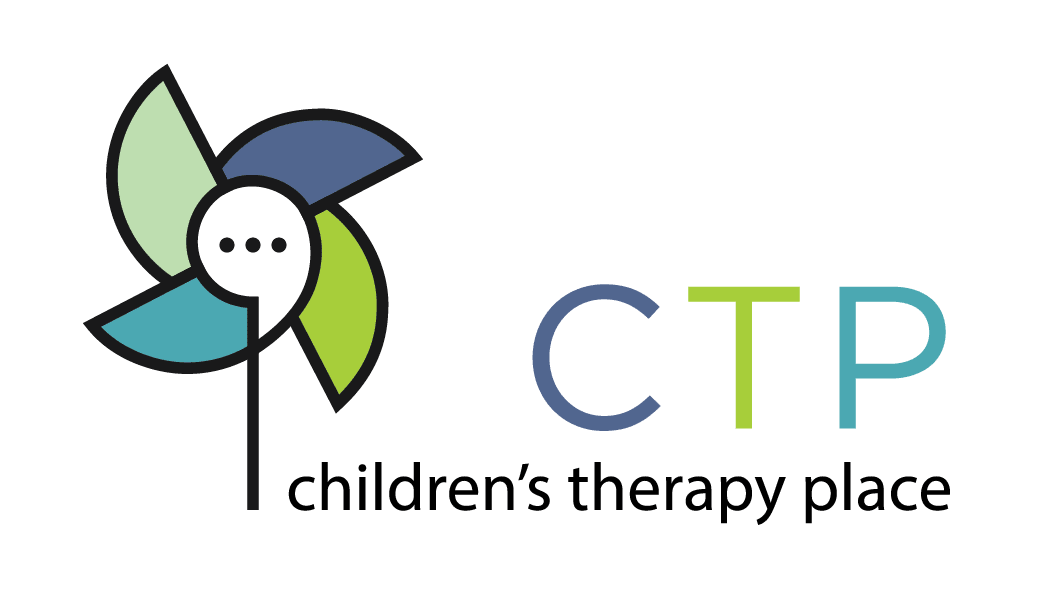Feeding Therapy: Picky Eater or Something More?

By: Jeramy McMillan, OTD, OTR/L
Eating is a task that we all must do; in children it is an important part of growth and development. Eating is not just the simple act of putting food in your mouth, chewing, and swallowing; It is a complex task that utilizes major muscle groups, body systems, and all 8 sensory systems; touch, taste, smell, sight, sounds, proprioception (awareness of where you are in space), vestibular (sense of balance and movement), and interoception (a sense of what is going on in your body, i.e. feeling hungry). (Feeding Disorders in Children 2020). When any of these many components are not working as they should it can turn the necessary task of eating into a daunting, overwhelming, or even scary task.
The Sequential-Oral-Sensory (SOS) approach to feeding looks at the behavior of picky eating as “the tip of the iceberg”, with several underlying factors that attribute to these behaviors. In the SOS approach the child is looked at as a whole and not just the feeding problem. Areas addressed in this approach are Organ systems, Muscles (including oral motor), Sensory processing, Learning, behavior, and cognition, Development, Nutrition, and Environment (Feeding Disorders in Children 2020).
“The SOS Approach focuses on increasing a child’s comfort level by exploring and learning about the different properties of food” (Feeding Disorders in Children 2020). It focuses on promoting the child to playfully interact with food in a stress-free way. In the SOS approach the child will work their way through 6 major steps to eating (Feeding Disorders in Children 2020).
Step 1. Tolerate: In this step the child will progress from tolerating being in the same room as the food to eventually tolerating having it on their plate.
Step 2. Interact with food (without touching): This step is all about interacting with the food starting with set-up/preparation to serving it to others and on to their own plate.
Step 3. Smell: This step starts with tolerating the smell when the food is in the same room and ends with them leaning over to smell the food.
Step 4. Touch: In this step the child will touch the food with different parts of the body starting with one fingertip and working their way up to touching it with their tongue.
Step 5. Taste: This step starts with the child licking their lips or teeth after food has touched them and then progresses their way through licking food, biting food, holding food in their mouth, chewing the before spitting, swallowing a little of the bite taken, and then swallowing a full bite with a drink of water. And finally, they get to
Step 6. Eating: At this step, the child will chew and swallow food independently.
Dealing with picky eating can be stressful and difficult for many parents and children; we don’t want you to feel that you have to go through it alone. As members of our occupational therapy staff receives further training in the SOS approach to feeding, we will be better equipped to support our clients and their families in meeting their feeding goals. At Children’s Therapy Place we strive to “empower and support children and their families to live their best lives through our innovative therapy, educational programs, and collaborative multidisciplinary services” (Mission 2018).
For more information on how your child can participate in Feeding Therapy, please call us at 208-323-8888.
Citations
Feeding Disorders in Children. (2020, July 15). Retrieved August 13, 2020, from https://sosapproachtofeeding.com/
Mission. (2018, November 28). Retrieved August 13, 2020, from https://childrenstherapyplace.com/mission

